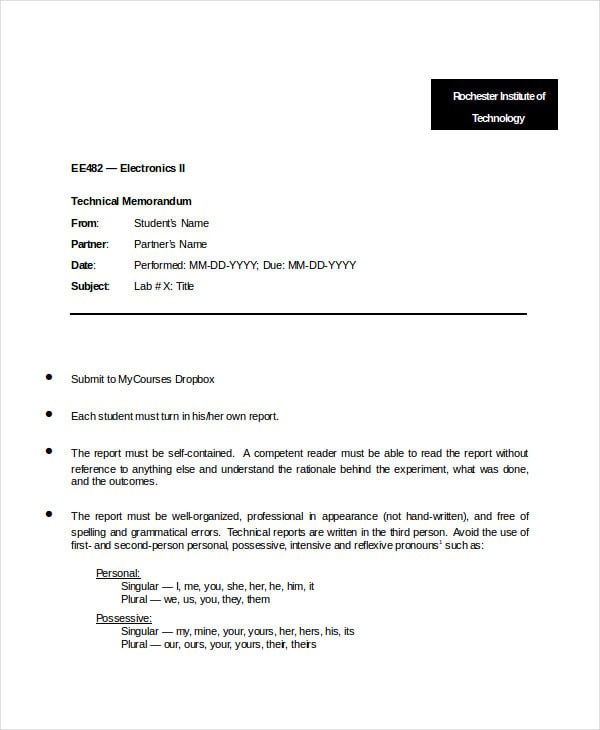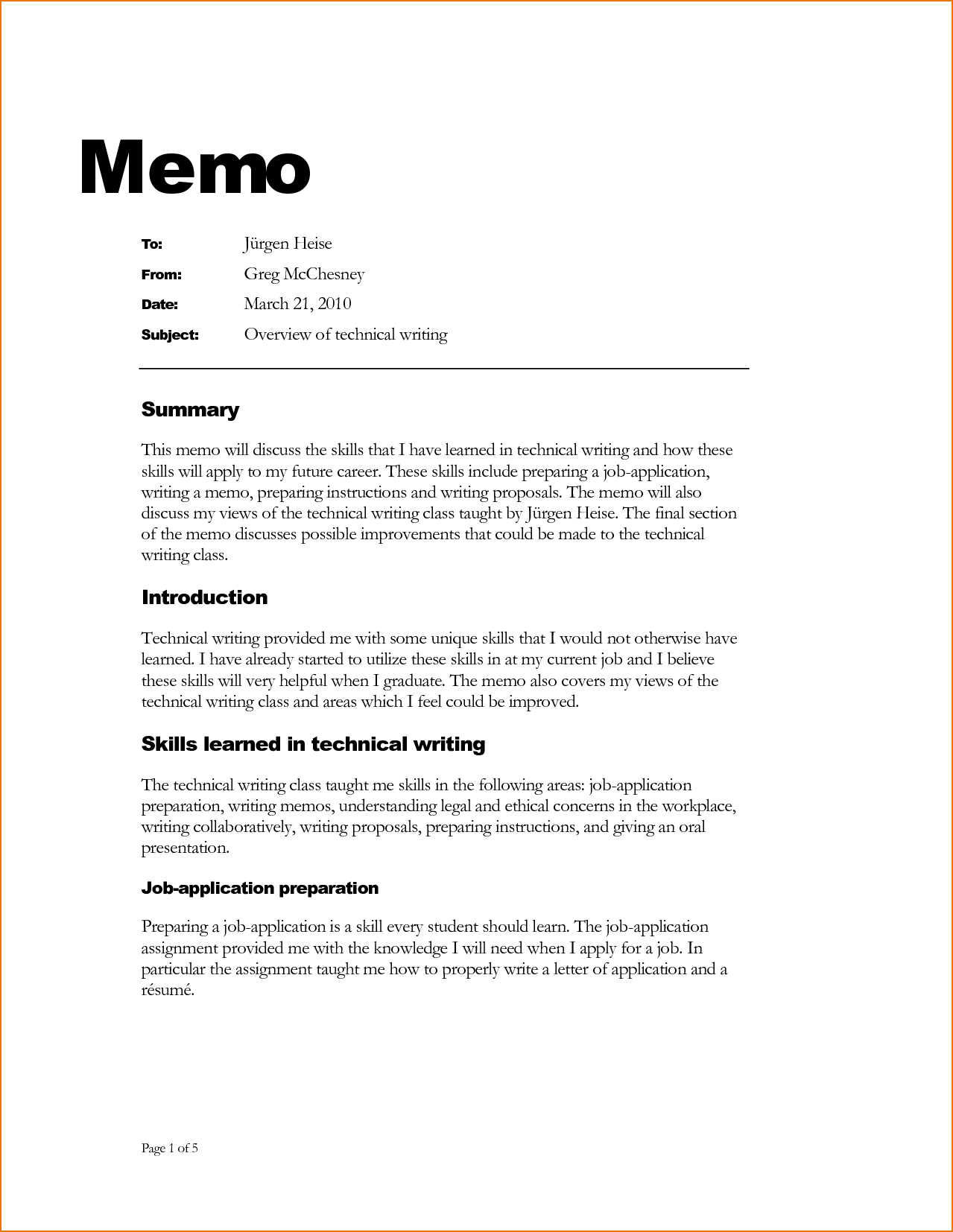
If possible, use bullet points and lists to emphasize key information. Write your memos with short paragraphs to make them easier to read. Filling in a template can also ensure you share all of the intended information.

You can use a template to ensure you are using the proper format for your memo. Your word choice and writing style should be easy to understand for your coworkers or employees. Understand your audience and toneĪ memo announcing a company party or yearly bonuses will likely have a happier and more casual tone than a memo announcing a big shift in company policy. If you have too many, consider using a report format or splitting your message across multiple, more specific memos. List the main points you need to explain in your memo. You must have a clear understanding of your message to explain it to others.
MEMO HEADER HOW TO
How to create a memoĬreating a well-written memo that provides clear information can save you the time of having to clarify confusing messages. A summary might also list final reminders and thank employees for their hard work and cooperation. Some memos include a brief summary that connects back to the subject line. This section should stay focused on the most important parts of your message to keep the information clear. Depending on the goal of your memo, you can also use this section to ask for feedback or request your colleagues take a specific action. The discussion portion of a memo explains changes you have made, acknowledges possible challenges and provides additional detail. If there is any important background information, you can include it in this portion of the memo. Simply state the information you are sharing with your colleagues.

This is where you share the purpose of the memo and introduce your main idea. The declaration is the first part of the body of your message. If your memo will be kept for reference, an accurate and simple subject line can help maintain organization in your office.
MEMO HEADER FULL
The subject should be short and clear, providing a basic topic instead of a full explanation. Each memo should focus on only one subject. Subject lineĪ subject line summarizes the topic of the memo and usually comes directly after the header. The header also helps staff keep track of what messages are most important to them and when company changes went into effect. Including a header in your memo helps to create accurate records. The header includes who the message is addressing and who the message is from, as well as reference notes like date, time or location. The first component of a memo is the header, a list of information that provides context for the rest of the memo. Memos may vary in length, but most are one or two pages to keep the audience focused and interested in your message. Whether they are announcing a promotion or introducing a new policy, all memos have the same basic parts. Instructing staff on how to use new equipment Although many memos have similar elements, you can use them for a wide variety of purposes, including: Memos should be informative and provide a brief, clear and direct message.

A memo is less formal than a letter, which you'll use when communicating with those outside of an organization. Memos can be used to announce new policies, remind employees of existing rules and generally keep people informed. What is a memo?Ī memo or memorandum is a message used to communicate information within a business.

In this article, we explain the components of a memo and provide a guide on how to create a well-written memo. When you need to convey short, specific information to a group of people within your organization, a memo can be a good alternative to arranging a meeting. Memos are a common method of communication in many workplaces.


 0 kommentar(er)
0 kommentar(er)
